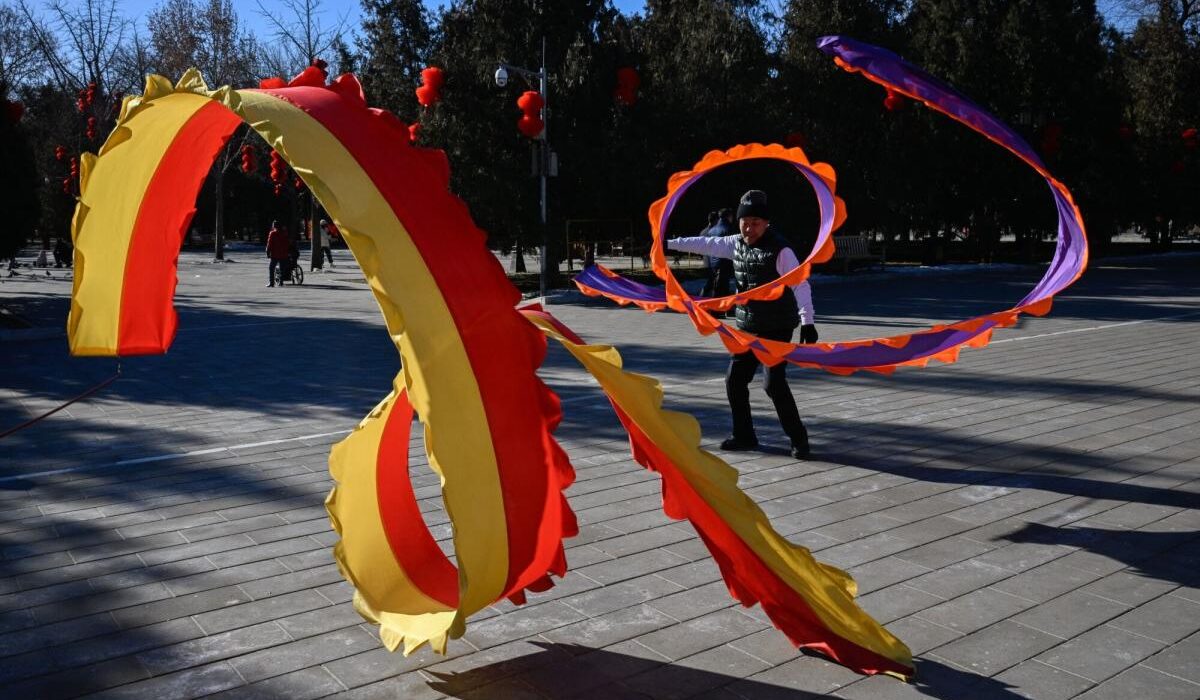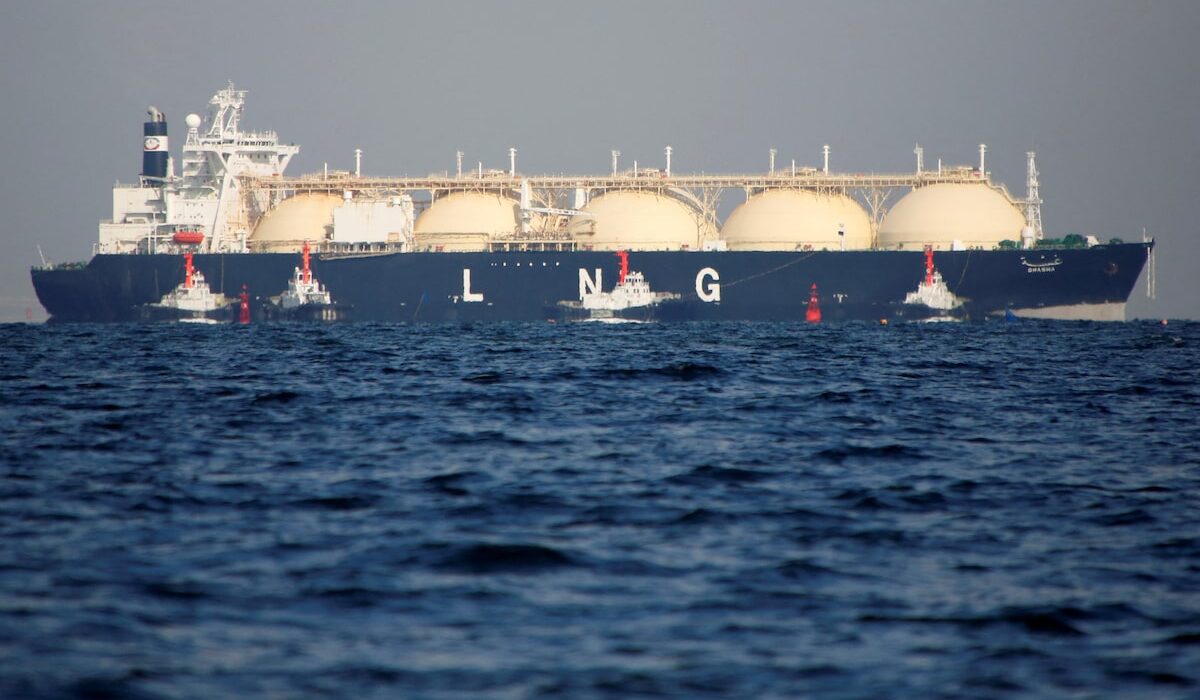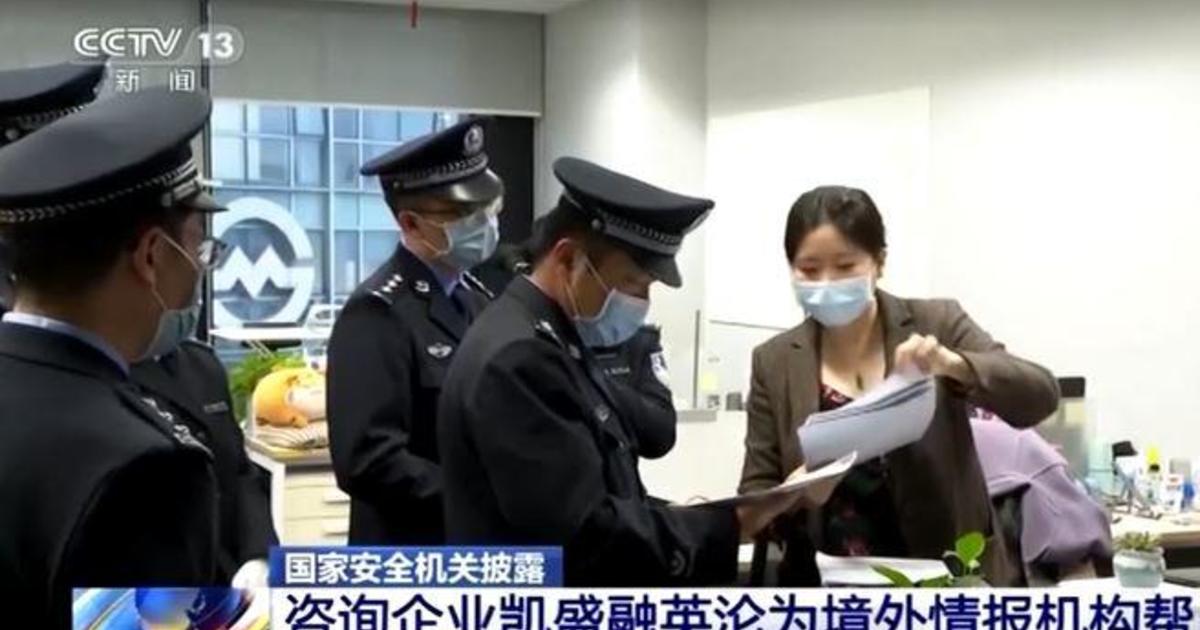(Bloomberg) — TPG Inc. will soon close its eighth Asia buyout fund at around $5 billion, with the new portfolio set to slash its China allocation by more than half from prior regional funds, according to a person familiar with the matter.
Most Read from Bloomberg
The investment firm plans to put about 10% of its Asia VIII pool in China, down from around 25% of invested capital in previous funds, according to the person, who asked not to be identified because the information isn’t public. TPG will allocate more than 80% in Australia, India and Southeast Asia — up from 70% in the predecessor fund, the person said. The rest will go to South Korea.
About $2 billion of the pool has already been invested, with zero investment in China so far. That has helped give the fund a strong start with a net internal rate of return of 129%, according to its earnings presentation last month. Around 70% of the initial spend has gone in India and Australia.
TPG’s exposure to China through the new fund will likely be among the lowest for global asset managers as Wall Street rivals from Carlyle Group to Warburg Pincus diversify away from China amid economic growth concern and escalating political tensions with the US. Japan and India are among the countries benefiting as capital flows to where returns are expected to be higher.
TPG early next month plans to announce the final close of the Asia VIII fund. A spokesperson declined to comment on the details.
Greater China, the region’s private equity powerhouse, suffered the biggest contraction in deal activity in 2022, contributing to a 53% drop in volume from a year earlier. That shrank Greater China’s share of Asia-Pacific deals to a nine-year low of 31%, according to a Bain & Co. report.
TPG’s $4.6 billion Asia VII fund has a net return of 14%, dragged by China investments, according to the person and public filings.
Most Read from Bloomberg Businessweek
©2024 Bloomberg L.P.
From Millennials to multinationals, a new era of property investment unfolds

In the Philippine real estate landscape, a new phenomenon is taking root: ‘revenge investing’. As reported by Colliers Philippines on Business World, this trend is fuelled by young and millennial workforces alongside affluent investors. Unlike the earlier trends of revenge spending and travel observed in 2022 and 2023, revenge investing showcases a robust inclination towards property acquisition, driven by both personal use and investment opportunities.
Yet, this wave of investments is not only confined to residential purposes. Many young buyers are considering these properties as potential sources of passive income, attracted by the blend of lifestyle features such as live-work-play-shop environments and the proximity to public infrastructure. Colliers Philippines foresees this trend persisting, especially considering the limited investment options in the country, with a keen eye on properties offering strong rental prospects and appreciation potential.
The Philippine economy’s resilience is a cornerstone of this real estate surge. Despite global challenges, such as soaring commodity prices and geopolitical headwinds, the nation stands as one of Asia’s fastest-growing economies. This growth is underpinned by strong macroeconomic fundamentals, notably resilient personal consumption, and private investments.
Complementing this domestic growth, the Philippines is attracting considerable foreign direct investments (FDIs). As per the Philippines News Agency, from January to October 2023, the country saw net FDIs amounting to USD6.5 billion, with significant contributions in manufacturing, real estate, and financial sectors. These investments primarily originated from Germany, Japan, Singapore, and the United States. HSBC Economist Aris Dacanay attributes this influx to the administration’s investor-friendly policies, particularly those encouraging foreign ownership in real estate projects.
Leading industry players who have earned their recognitions at the PropertyGuru Philippines Property Awards gala in 2023, namely Best Developer Robinsons Land; Best Industrial Developer Aboitiz InfraCapital Economic Estates; and Best Mixed Use Developer Federal Land, Inc. reflect the dynamism and potential of the Philippine real estate market, demonstrating how both local and international forces are shaping its future.
The real estate market’s evolution is further evidenced in the branded residences sector, as noted in the C9 Hotelworks Branded Residences Market Review Philippines report. Metro Manila, accounting for 43 percent of upcoming projects, is a key player in this segment, expected to expand by 62 percent with over 2,300 new units. This growth mirrors broader lifestyle changes post-pandemic, with developers increasingly focusing on smaller, more efficient unit sizes and mixed-use developments. This strategy appeals to consumers seeking premium branded products at various price points.
Amidst this burgeoning market, Mr. Jaime A. Cura, Vice-Chairman of The RGV Group of Companies and a member of the PropertyGuru Philippines Property Awards Judging Panel, offers valuable insights for new investors. He suggests riding the trends that favour liberalisation towards foreign investments, particularly in science-based and technology-driven sectors. This approach would facilitate entry into competitive business sectors and stimulate growth.
He also advised to “take part in the development of globally-oriented tourism destinations that require modern facilities and amenities to attract visits to Philippine home-grown and indigenous cultural and ecological attractions, as well as emerging major agri-tourism showcases. Particular areas of interest are hospitality, leisure, and gaming.”
Investing in large corporate groups involved in agricultural development is another strategy he proposes. These corporations are working towards national food sufficiency and affordability, creating opportunities for investments in large-scale farming infrastructure.
Finally, he encourages playing the securities market, specifically in real estate investment trusts (REITs), company stocks, sector-focused mutual funds, and mortgage-backed securities (MBS).
Mr. Cura also notes the impact of international economic shifts, like China’s economic slowdown, which has dampened local developers’ enthusiasm for Chinese investments. Conversely, the economic upturn in India and Japan’s stabilising economy are creating new opportunities for real estate investments in the country.
All in all, the Philippine real estate market is undergoing a transformation, driven by a unique mix of domestic enthusiasm and global economic trends. From young millennials making savvy investment choices to foreign investors looking for promising opportunities, the sector is bustling with activity and potential, positioning the Philippines as a key player in the global real estate arena.
Know any award-worthy residential, commercial, or industrial projects in the archipelago? Nominate them for the 12th annual PropertyGuru Philippines Property Awards on or before 14 June 2024. To know more, visit AsiaPropertyAwards.com/Award/Philippines/.
Gynen Kyra Toriano, Digital Content Manager at PropertyGuru, wrote this article. For more information, email: [email protected].
Global prices of gas and liquefied natural gas (LNG) are expected to remain relatively weak in 2024, with demand subdued due to high storage levels in Europe and Asia and a mild Northern Hemisphere winter, consultancy Wood Mackenzie said on Wednesday.
“Wood Mackenzie has been forecasting lower 2024 prices for much of last year, especially compared to forward curves, amid weak market fundamental expectations,” Massimo Di Odoardo, Vice President of Gas Research at Wood Mackenzie, said.
“Global LNG supply growth will remain limited at 14 million tonnes (Mt), but with Asian LNG demand still weak, competition for LNG is unlikely to heat up,” he added.
LNG prices dropped 58 per cent in 2023 to levels slightly below $12 per million British thermal units (mmBtu) and fell further in the first two weeks of January to $10.025 on Wednesday, their lowest level since June 2023.
In Europe, gas prices have fallen 45 per cent to $10/mmBtu in the past three months, the report said, expecting market sentiment for gas and LNG to remain bearish into 2024.
Gas demand in Europe fell by 7 per cent in 2023 as mild weather reduced consumption, the report said.
“Normal weather dynamics and a possible economic rebound would support demand, however with renewable supply increasing by more than 100 terra watt hours and nuclear production in France continuing to come back, European gas demand will remain flat at best.”
In Asia, demand this year is expected to grow by 12.5 million metric tons, or 5 per cent from 2023, but remains 3 million tons lower than its 2021 levels.
On LNG contracting, Di Odoardo said overall activity is expected to soften in 2024 compared to a huge numbers of deals signed in 2021 to 2023.
Key LNG portfolio players are expected to be more selective this year, after signing 72 million tons per annum (mmtpa) in contracts in 2022 and 2023, the report said.
“However, some buyers might take a more opportunistic approach, with U.S. independent players leveraging on low Henry Hub prices to seek more exposure to global LNG prices by taking long-term LNG capacity positions, or more activity emerging in price sensitive Asian markets if contract prices fall further,” the report said.
The United States supplies buyers in both Europe and Asia, but is increasingly focused on Europe, especially with the loss of much of the continent’s supply of Russian pipeline gas following Moscow’s invasion of Ukraine two years ago.



